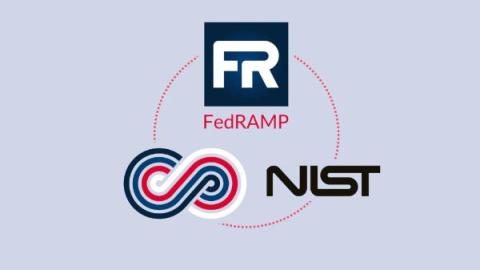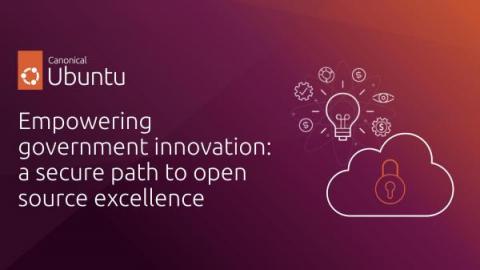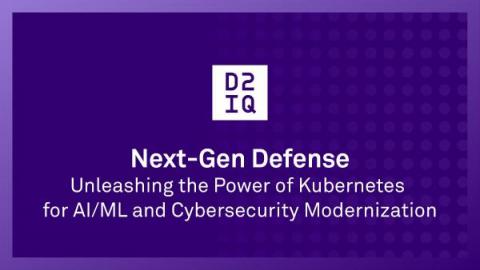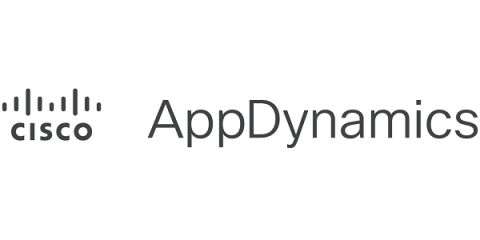The future of generative AI in public sector
Recently, I sat down with Adelaide O’Brien, research vice president at IDC Government Insights, to discuss the current and future state of generative AI in the public sector worldwide. The full conversation is available to view on demand, but I also wanted to highlight some of the takeaways from the discussion.










